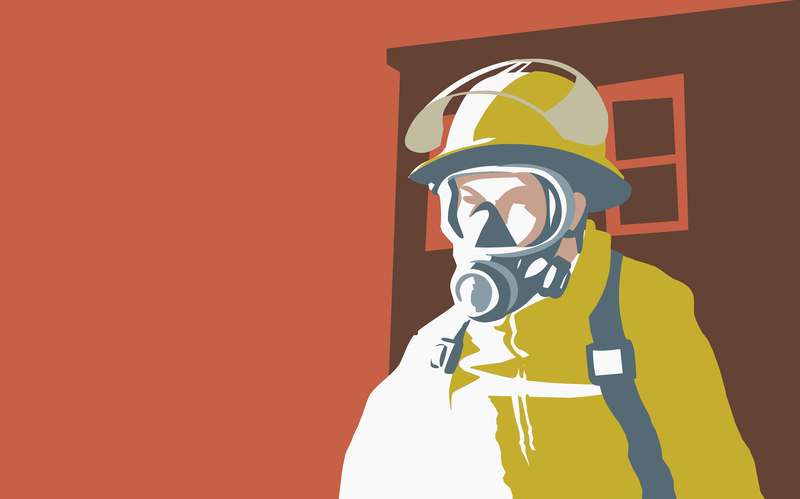TD Magazine Article
Train Essential Workers to Manage a Crisis
Organizations are extending training for healthcare and public safety workers beyond compliance requirements.
Tue Dec 01 2020

Although the COVID-19 pandemic has postponed or even halted many aspects of life, for healthcare and public safety personnel, training has increased in both frequency and perceived value. In Relias's 2020 State of Training and Staff Development Report, researchers take a pointed look at training and development trends in the healthcare and public safety industries.
The push to satisfy licensing and certification requirements is a common denominator that undergirds training in both industries. Researchers found that 77 percent of healthcare employees and 68 percent of public safety personnel believe it is important for talent development programs to support licensing and training certification needs.
While the majority of training conducted at those organizations is dedicated to fulfilling compliance requirements, the pandemic has ushered in a new wave of training priorities to assist workers in managing responsibilities during a crisis. In-pandemic training priorities for both industries have included infection control, pandemic planning, and employee wellness and self-care. Telehealth training has been another priority for healthcare workers.
In assessing both industries' preparedness to deliver training online following the pandemic's onset, researchers found that most healthcare and public safety organizations were ready and equipped to deliver virtual training. Further analysis reveals that healthcare organizations were slightly better prepared.
When asked to identify the strengths of their organizations' talent development programs, healthcare respondents spoke highly of the training content's relevance, ease of access, and how the content supports external requirements. The content's organization, training's convenience, and the quality of trainers earned good remarks from public safety personnel.
However, respondents in both industries identified time—or the lack thereof—as a roadblock to professional development. They highlighted "lack of time to train" as one of the biggest weaknesses of the training and development programs at their organizations.
That poses a challenge for workers in both industries who increasingly see the value in training but can't find the time to commit to it. Therefore, when designing training programs for healthcare and public safety personnel in particular, talent development professionals should be careful to prioritize time and accessibility.
